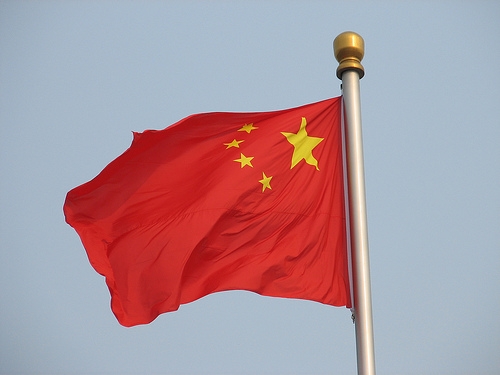
Here are 3 symptoms of China's rising financial crisis
Same signs which haunted US, Europe, and Japan.
According to Nomura, China is displaying the same three symptoms that Japan, the US and parts of Europe all showed before suffering financial crises:
a rapid build-up of leverage, elevated property prices and a decline in potential growth.
Here's more:
Rapid build-up of leverage. Empirically, the build-up of leverage has been identified as a simple but tried and tested leading indicator for financial crises in academic research.
There is a long list of academic literature on this, growing quickly due to the higher frequency of crises in recent years that drives a need for useful early warning indicators (see Zhang, 2001, for research on the Asian financial crisis; Frankel and Saravelos, 2011, for an extensive reference list on the global financial crisis).
Leverage in China‟s economy, as measured by the domestic credit-to-GDP ratio (DCG hereafter), has reached its highest level since data was made available in 1978. Domestic credit is defined as claims by deposit taking institutions, mostly loans and government and corporate bonds held by banks and credit unions.
The DCG ratio was 120.8% before the global financial crisis but has risen sharply since as the government implemented proactive fiscal and monetary policies to support growth and relied on bank loans to finance the fiscal expansion.
Rapid asset price inflation. A BIS report in 2009 (Boris and Drehmann) identified that “unusually strong increases in credit and asset prices have tended to precede banking crises”, and found them “successful in providing a signal for several banking systems currently in distress, including that of the United
States”.
In our view, China faces a much higher risk of a property price bubble bursting than an equity price bubble. Indeed, it is arguable that an equity price bubble has already been experienced –the Shanghai Stock Composite Index rose 461% between May 2005 and October 2007 – from 1,060 to 5,954 – before collapsing in October 2008 to 1729 and is now around the 2,300 level.
The collapse of the stock market did not have much of a damaging effect on the economy as the market was dominated by retail investors who were not heavily leveraged, therefore the negative price effect did not spillover into the banking sector.
Decline of potential growth. Financial crises often follow technology revolutions and/or so-called economic miracles, because investors and policymakers start to overestimate the potential growth of the economy.
Policymakers may misinterpret a structural slowdown in potential growth as cyclical and utilise expansionary policies to boost growth, which leads to a further deviation of actual GDP growth from its potential level, planting the seeds for overheating and an eventual painful correction.
The decline of potential growth is a useful leading indicator of financial crises. In China, there are also signs of a slowdown in potential growth, driven by a decline of both the labour force and productivity growth.
We discuss the productivity issue first. Unfortunately there are no up-to-date and reliable productivity data available in China.
In an effort to find an alternative way to evaluate countries' productivity, we examine global export market shares, which we prefer over export growth as it provides a reflection of exporters‟ competitiveness and is not influenced by changing global demand conditions.
























 Advertise
Advertise






